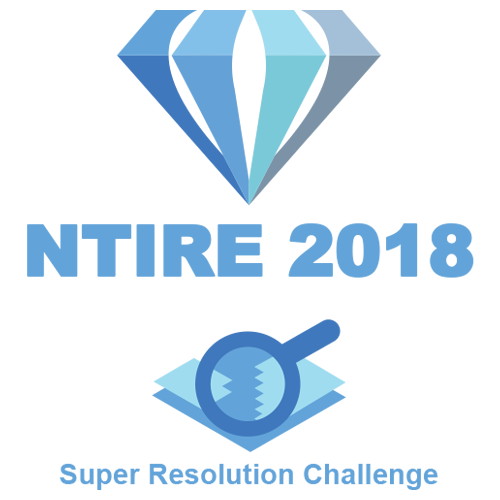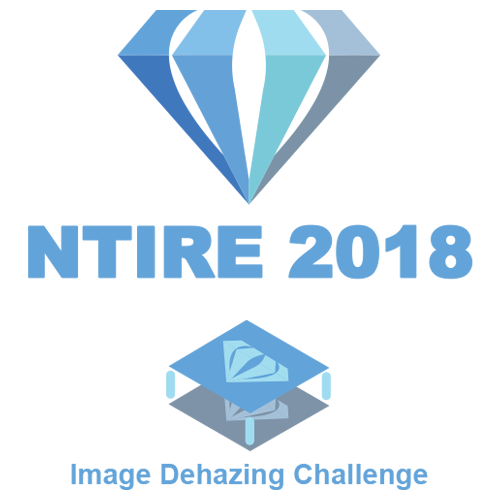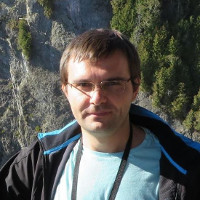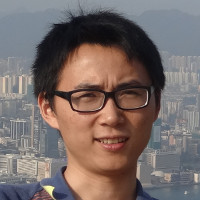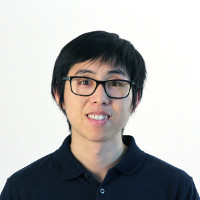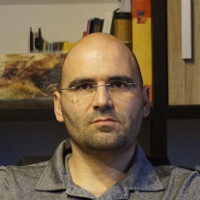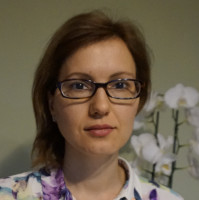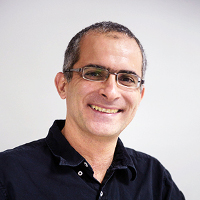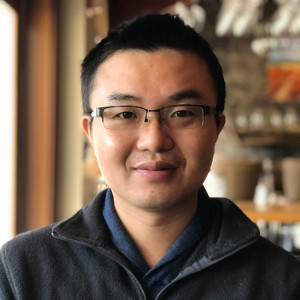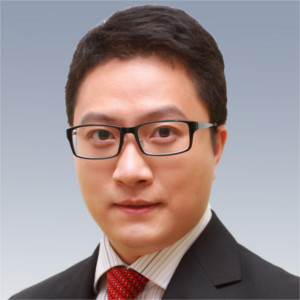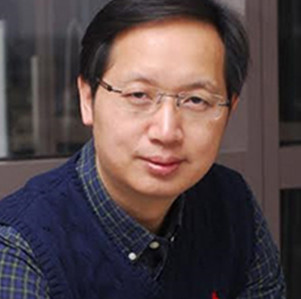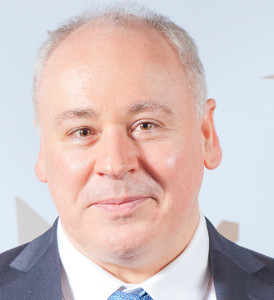08:10
Poster setting (Hall A; Halls 1-4) (all papers have poster panels for the whole day)
DPW-SDNet: Dual Pixel-Wavelet Domain Deep CNNs for Soft Decoding of JPEG-Compressed Images
Honggang Chen, Xiaohai He, Linbo Qing, Shuhua Xiong, Truong Nguyen
NTIRE 2018 Challenge on Single Image Super-Resolution: Methods and Results
Radu Timofte, Shuhang Gu, Jiqing Wu, Luc Van Gool, Lei Zhang, Ming-Hsuan Yang, et
Attribute Augmented Convolutional Neural Network for Face Hallucination
Cheng-Han Lee, Kaipeng Zhang, Hu Cheng Lee, Chia-Wen Cheng, Winston Hsu
Recursive Deep Residual Learning for Single Image Dehazing
Yixin Du, Xin Li
Unsupervised Image Super-Resolution using Cycle-in-Cycle Generative Adversarial Networks
Yuan Yuan, Siyuan Liu, Jiawei Zhang, Yongbing Zhang, Chao Dong, Liang Lin
Synthesized Texture Quality Assessment via Multi-scale Spatial and Statistical Texture Attributes of Image and Gradient Magnitude Coefficients
Alireza Golestaneh, Lina Karam
Learning Face Deblurring Fast and Wide
Meiguang Jin, Michael Hirsch, Paolo Favaro
O-HAZE: a dehazing benchmark with real hazy and haze-free outdoor images
Codruta Ancuti, Cosmin Ancuti, Radu Timofte, Christophe De Vleeschouwer
Large Receptive Field Networks for High-Scale Image Super-Resolution
George Seif, Dimitrios Androutsos
Multi-level Wavelet-CNN for Image Restoration
Pengju Liu, Hongzhi Zhang, Kai Zhang, Liang Lin, Wangmeng Zuo
ComboGAN: Unrestrained Scalability for Image Domain Translation
Asha Anoosheh, Eirikur Agustsson, Radu Timofte, Luc Van Gool
NTIRE 2018 Challenge on Image Dehazing: Methods and Results
Cosmin Ancuti, Codruta O. Ancuti, Radu Timofte, Luc Van Gool, Lei Zhang, Ming-Hsuan Yang, et al.
A Fully Progressive Approach to Single-Image Super-Resolution
Yifan Wang, Federico Perazzi, Brian McWilliams, Alexander Sorkine-Hornung, Olga Sorkine-Hornung, Christopher Schroers
Image Dehazing by Joint Estimation of Transmittance and Airlight Using Bi-directional Consistency Loss Minimized FCN
Ranjan Mondal, Sanchayan Santra, Bhabatosh Chanda
WESPE: Weakly Supervised Photo Enhancer for Digital Cameras
Andrey Ignatov, Nikolay Kobyshev, Radu Timofte, Kenneth Vanhoey, Luc Van Gool
Image Super-resolution via Progressive Cascading Residual Network
Namhyuk Ahn, Byungkon Kang, Kyung-Ah Sohn
HSCNN+: Advanced CNN-Based Hyperspectral Recovery from RGB Images
Zhan Shi, Chang Chen, Zhiwei Xiong, Dong Liu, Feng Wu
Multi-scale Single Image Dehazing using Perceptual Pyramid Deep Network
He Zhang, Vishwanath Sindagi, Vishal M. Patel
Efficient Module Based Single Image Super Resolution for Multiple Problems
Dongwon Park, Kwanyoung Kim, Se Young Chun
Deep Residual Network with Enhanced Upscaling Module for Super-Resolution
Jun-Hyuk Kim, Jong-Seok Lee
Persistent Memory Residual Network for Single Image Super Resolution
Rong Chen, Yanyun Qu, Kun Zeng, Jinkang Guo, Li Cui-hua, Yuan Xie
NTIRE 2018 Challenge on Spectral Reconstruction from RGB Images
Boaz Arad, Ohad Ben-Shahar, Radu Timofte, Luc Van Gool, Lei Zhang, Ming-Hsuan Yang, et al.
Fully End-to-End learning based Conditional Boundary Equilibrium GAN with Receptive Field Sizes Enlarged for Single Ultra-High Resolution Image Dehazing
Sehwan Ki, Hyeonjun Sim, Soo Ye Kim, Jae-Seok Choi, Saehun Kim, Munchurl Kim
Reconstructing Spectral Images from RGB-Images using a Convolutional Neural Network
Tarek Stiebel, Simon Koppers, Philipp Seltsam, Dorit Merhof
New Techniques for Preserving Global Structure and Denoising with Low Information Loss in Single-Image SuperResolution
Yijie Bei, Shijia Hu, Alexandru Damian, Nikhil Ravi, Cynthia Rudin, Sachit Menon
Cycle-Dehaze: Enhanced CycleGAN for Single Image Dehazing
Deniz Engin, Anil Genc, Hazim Ekenel
IRGUN : Improved Residue based Gradual Up-Scaling Network for Single Image Super Resolution
Manoj Sharma, Rudrabha Mukhopadhyay, Avinash Upadhyay, Sriharsha Koundinya, Ankit Shukla, Santanu Chaudhury
High-Resolution Image Dehazing with respect to Training Losses and Receptive Field Sizes
Hyeonjun Sim, Sehwan Ki, Soo Ye Kim, Jae-Seok Choi, Saehun Kim, Munchurl Kim
2D-3D CNN based architectures for spectral reconstruction from RGB images
Sriharsha Koundinya, Manoj Sharma, Himanshu Sharma, Avinash Upadhyay, Rudrabha Mukhopadhyay, Raunak Manekar, Abhijit Karmakar, Santanu Chaudhury









